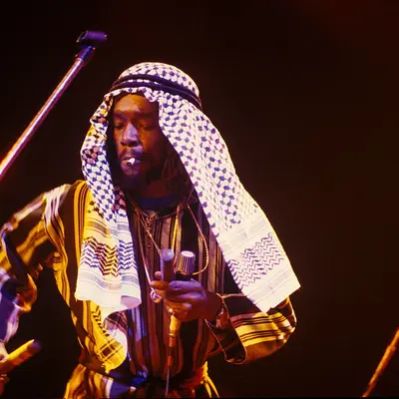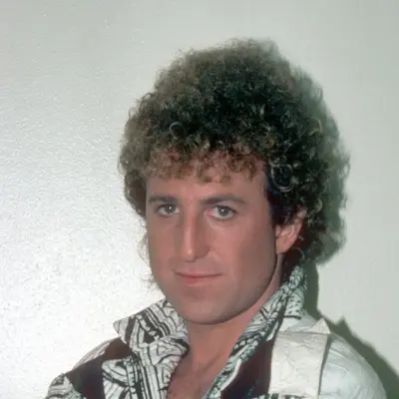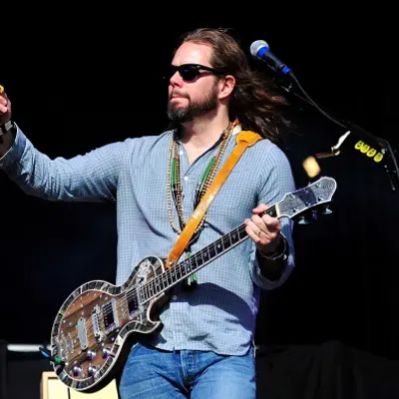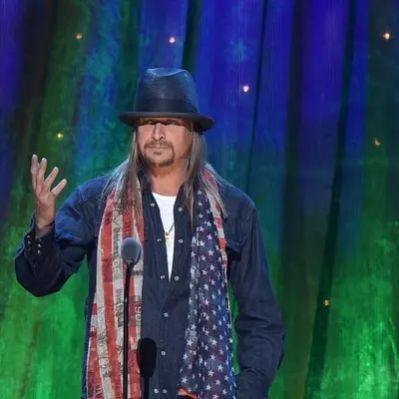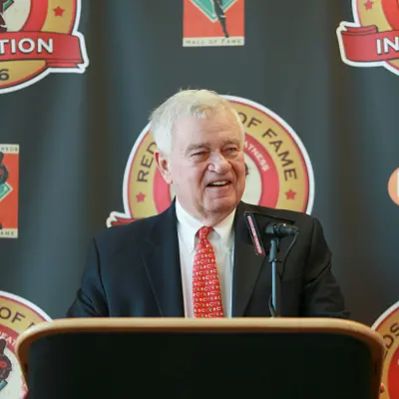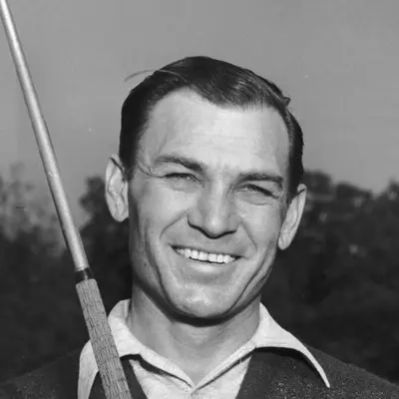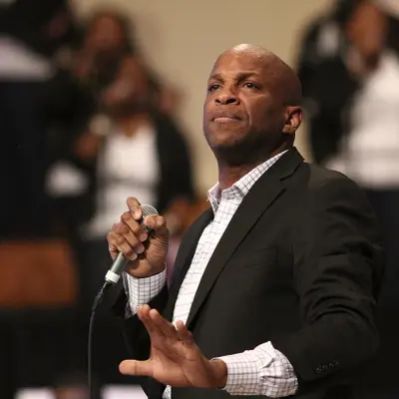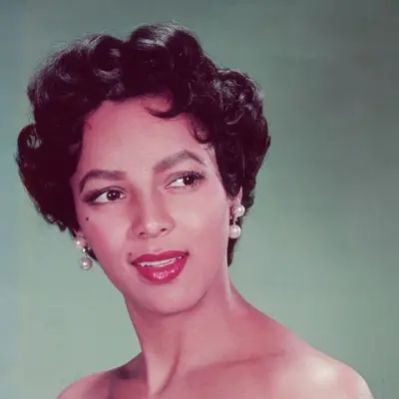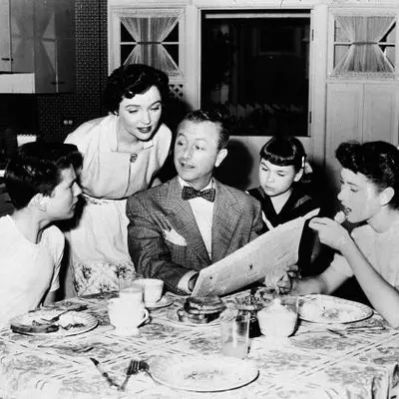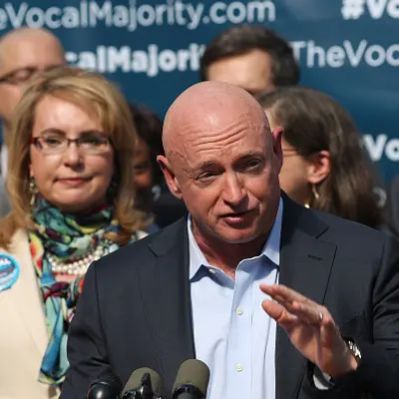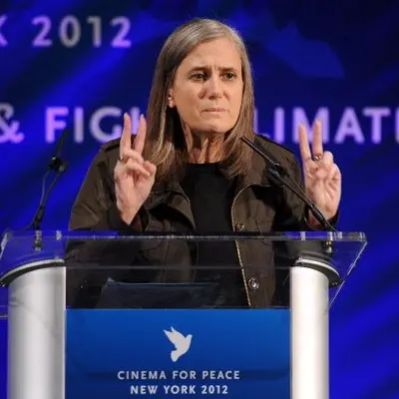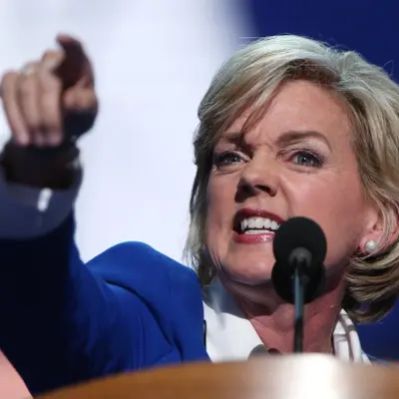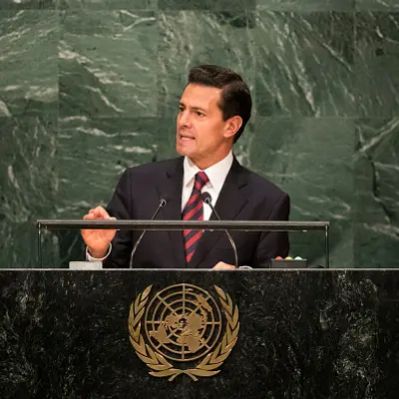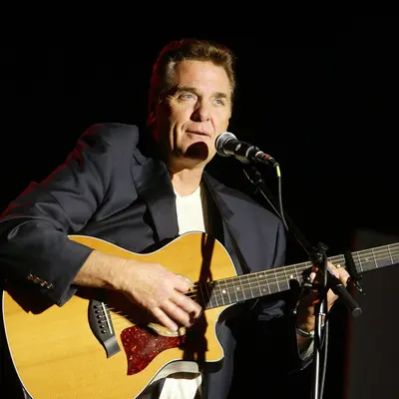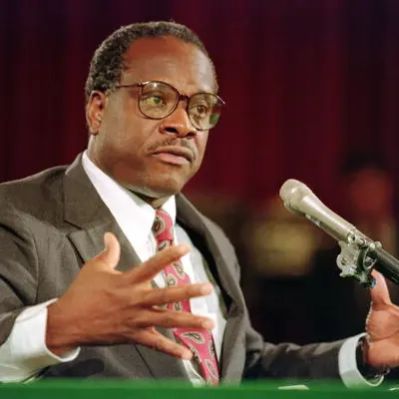What Was Peter Tosh’s Net Worth?
At the time of his tragic death in September 1987, Jamaican reggae icon Peter Tosh, OM, had an estimated net worth of $1 million. This figure reflects his earnings from a career spanning over two decades, encompassing his time with the Wailers and his subsequent solo endeavors. His net worth consisted primarily of royalties from album sales, income from live performances, and publishing rights to his musical compositions.
Early Career and the Wailers
Winston Hubert McIntosh, later known as Peter Tosh, was born on October 19, 1944, in Grange Hill, Jamaica. His early life was marked by instability, with his parents, Alvera Coke and James McIntosh, abandoning him. He was raised by various relatives and moved to the Trenchtown area of Kingston at the age of 15. Tosh’s musical journey began in Trenchtown, where he learned to play the guitar by observing a local musician. In the early 1960s, he received free music lessons from vocal teacher Joe Higgs, through whom he met Bob Marley (Robert Nesta Marley) and Bunny Wailer (Neville O’Reilly Livingston). Together, they formed the Wailing Wailers in 1963, later shortened to the Wailers.
During his tenure with the Wailers, Peter Tosh contributed significantly to the band’s success. The band’s debut album, “The Wailing Wailers,” released in 1965, featured hit singles such as “Love and Affection” / “Teenager in Love,” “One Love” / “Do You Feel the Same Way Too,” and “What’s New Pussycat” / “Where Will I Find.” By the time the group released the 1970 album “Soul Rebels,” the three original members had shortened the band’s name to the Wailers. “Soul Rebels” and 1971’s “Soul Revolution Part II” included some of the earliest reggae songs that became well-known, such as “Duppy Conqueror” and “Soul Rebel.” The Wailers achieved international recognition with the albums “Catch a Fire” and “Burnin’,” released in 1973. “Catch a Fire” was certified Gold in the U.K., and “Burnin'” went Gold in the U.S. and Silver in the U.K. Singles like “Stir It Up,” “Get Up, Stand Up,” and “I Shot the Sheriff” became anthems of the era, earning Silver certifications in the U.K. “Get Up, Stand Up” reached #49 in New Zealand and was inducted into the Grammy Hall of Fame in 1999. “I Shot the Sheriff” reached the top 10 in nine countries, topping the charts in Canada, New Zealand, and the U.S. Royalties from these albums and singles contributed to Peter Tosh’s overall net worth, particularly as reggae gained popularity worldwide.
Solo Career and Albums
After leaving the Wailers in 1974, Peter Tosh embarked on a solo career, releasing his debut album, “Legalize It,” in 1976. The album reached #54 on the UK Albums Chart and #199 on the “Billboard” 200 chart and was certified Platinum in the U.S. “Legalize It” was featured in the book “1001 Albums You Must Hear Before You Die” (2005). Tosh followed up with “Equal Rights” in 1977, which peaked at #146 on the “Billboard” 200 chart and was certified Gold in the U.S. His third solo album, “Bush Doctor,” released in 1978, featured Mick Jagger and Keith Richards of the Rolling Stones. “Bush Doctor” was certified Gold in the Netherlands and reached #34 on Australia’s Kent Music Report and #104 on the “Billboard” 200 chart. Later albums included “Mystic Man” (1979), which reached #72 on Australia’s Kent Music Report and #104 on the “Billboard” 200 chart; “Wanted Dread & Alive” (1981), which reached #91 on the “Billboard” 200 chart and #40 on the “Billboard” Top R&B/Hip-Hop Albums chart; and “Mama Africa” (1983), which peaked at #59 on the “Billboard” 200 chart. Tosh’s final studio album, “No Nuclear War,” was released in 1987 and posthumously earned him a Grammy. These albums generated royalties and performance fees, contributing to his estate and legacy. While specific sales figures for each album are not readily available, the certifications and chart positions indicate their commercial success.
Personal Life and Residences
Peter Tosh’s personal life was marked by his devotion to Rastafarianism, a faith he shared with Bob Marley and Bunny Wailer. He also had a known interest in unicycles, often riding one onto the stage during his concerts. Details about specific residences owned by Peter Tosh are not widely available. His primary residence at the time of his death was in Jamaica, where he was tragically murdered. Records of property ownership are generally not public unless they are part of legal or probate documents.
Death and Legacy
On September 11, 1987, Peter Tosh was murdered at his home in Jamaica by gunmen demanding money. The incident resulted in the deaths of disc jockey Jeff ‘Free I’ Dixon and herbalist Wilton “Doc” Brown, as well as injuries to others present, including Andrea Marlene Brown, Tosh’s common-law wife. One of the gunmen, Dennis “Leppo” Lobban, was convicted and sentenced to death, though his sentence was later commuted. After his death, Peter’s estate was meant to be split equally among his 10 children, but in a 2014 lawsuit, his daughter Aldrina McIntosh alleged that her youngest sibling, Niambe, hadn’t “paid her or their other eight siblings a cent in royalties for the past five years,” according to “Page Six.” In 2015, Niambe declared April 20th International Peter Tosh Day, in honor of her father’s “philosophy of responsible cannabis consumption for medicinal and spiritual health benefits.” In 2016, the Peter Tosh Museum opened in Kingston, Jamaica, on what would’ve been Peter’s 72nd birthday.
Awards and Recognition
Peter Tosh received two Grammy nominations for Best Reggae Recording, winning for “No Nuclear War” in 1988. His other nomination was for “Captured Live” (1985). In 2012, he was posthumously honored with Jamaica’s Order of Merit, which is awarded to people who have “achieved eminent international distinction in the field of science, the arts, literature or any other endeavour.” In 2023, Peter was posthumously awarded the Order of the Companions of O. R. Tambo, which the President of South Africa grants to “foreign citizens who have promoted South African interests and aspirations through co-operation, solidarity, and support.”
Details of Peter Tosh’s Income Sources
Peter Tosh’s $1 million net worth was accumulated through various income streams throughout his career, the primary being from music-related activities. Album sales, both as a member of The Wailers and as a solo artist, contributed significantly. While precise sales figures for each album remain elusive, certifications such as gold and platinum in the U.S., U.K., and Netherlands, provide an indication of the albums’ commercial success. Royalties generated from the sales and airplay of his songs formed a substantial part of his income. Songs like “Legalize It,” “Get Up, Stand Up,” and “I Shot the Sheriff” became enduring classics, continuously generating royalties long after their release. Peter Tosh supplemented his income through live performances and concerts. As a charismatic performer, he drew large crowds to his shows, generating revenue through ticket sales and merchandise. The value of Peter Tosh’s publishing rights to his musical compositions also needs to be considered. These rights grant ownership and control over the use of his music, generating income through licensing agreements for film, television, advertising, and other media.
 Net Worth Ranker
Net Worth Ranker
